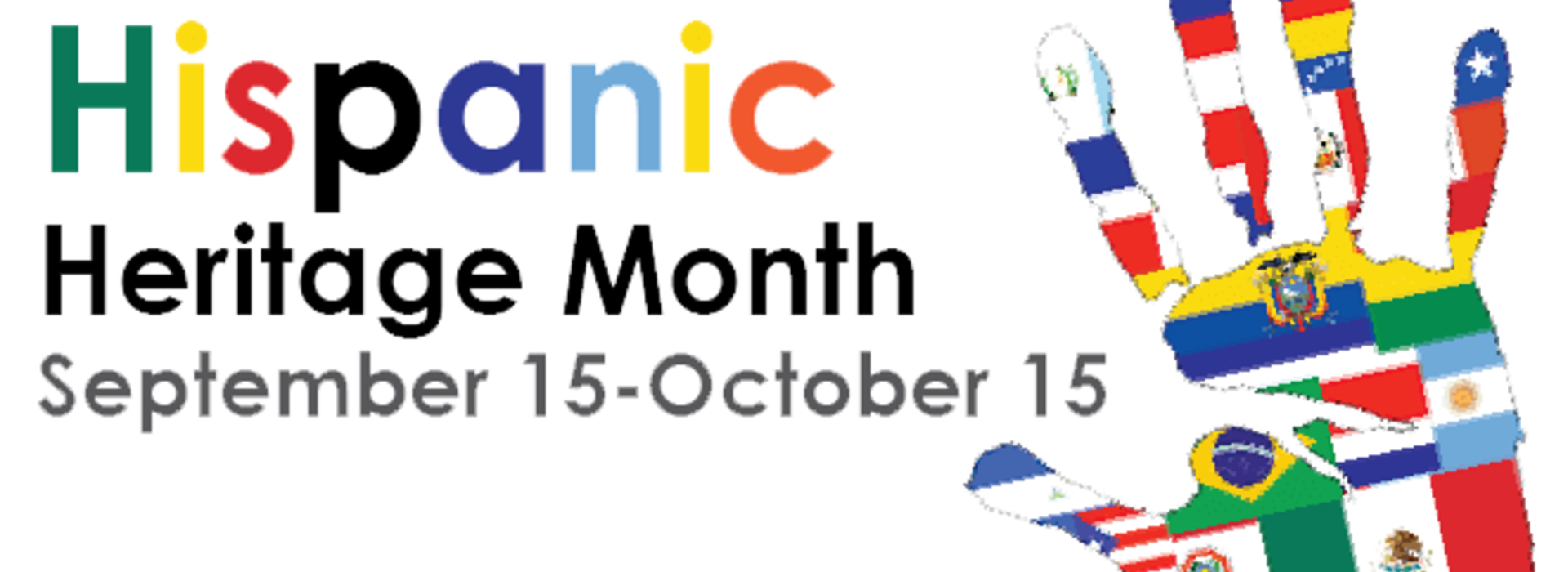
Celebrating the histories, cultures and contributions of people in the U.S. with Hispanic/Latinx ancestry
National Hispanic Heritage Month celebrates the histories, cultures and contributions of people in the United States with ancestry from Spain, Portugal, Mexico, the Caribbean, and Central and South America. Hispanics or Latinos/as represent 18% of the current U.S. population and are the largest ethnic minority group in the country.
Hispanic Heritage Month started in 1968 as Hispanic Heritage Week under President Lyndon Johnson and was expanded by President Ronald Reagan in 1988. During the designated 30 days, seven countries in Latin America celebrate their independence days: Costa Rica, El Salvador, Guatemala, Honduras, Nicaragua (September 15), and Mexico and Chile on September 16 and September 18, respectively. Día de la Raza (celebrated in Latin America in lieu of Columbus Day) also falls within this 30-day period.
Despite being the largest minority in the United States, and the nation’s fastest growing population, just 5.8% of active physicians and 3.2% of full-time U.S. medical school faculty identified as Hispanic/Latinx, according to 2018 data from the Association of American Medical Colleges.
The enormous difference stems from historical inequalities, both educational and social and because of longstanding structural racism in the medical establishment in our country. This small number of Hispanic/Latinx physicians directly impacts quality of healthcare. Research has shown that cultural connection to patients directly influences adherence to treatment and effectiveness of communication and health care delivery.
According to Minneapolis Public Schools data, Latino/Latinx students make up about 19% of all students and in general, Latinos comprise about 10.5% of residents in Minneapolis. The goal of being a diverse and inclusive profession that reflects the composition of the community being served is as much a moral necessity, as it is a strategy for improving patient’s care.
It is imperative that we increase efforts to train and retain Hispanic/Latinx students that can help us breach this gap. Hispanic Heritage Month should help us in recognizing the history and achievements of Hispanic/Latinx Americans and their role in shaping the country. But also, this month-long celebration should encourage us to support key educational initiatives and community efforts year-round (particularly those related to medical education, public health, etc.), and to raise awareness in our social networks to spur fundraising efforts and increase Hispanic/Latinx business support (click for MN ideas) and empowerment of community leaders.
Whether it is self-education, calling for action from leaders, donating to nonprofit organizations or scholarships, or supporting local businesses, please make sure that you contribute to the celebration of National Hispanic Heritage Month in a meaningful way.



